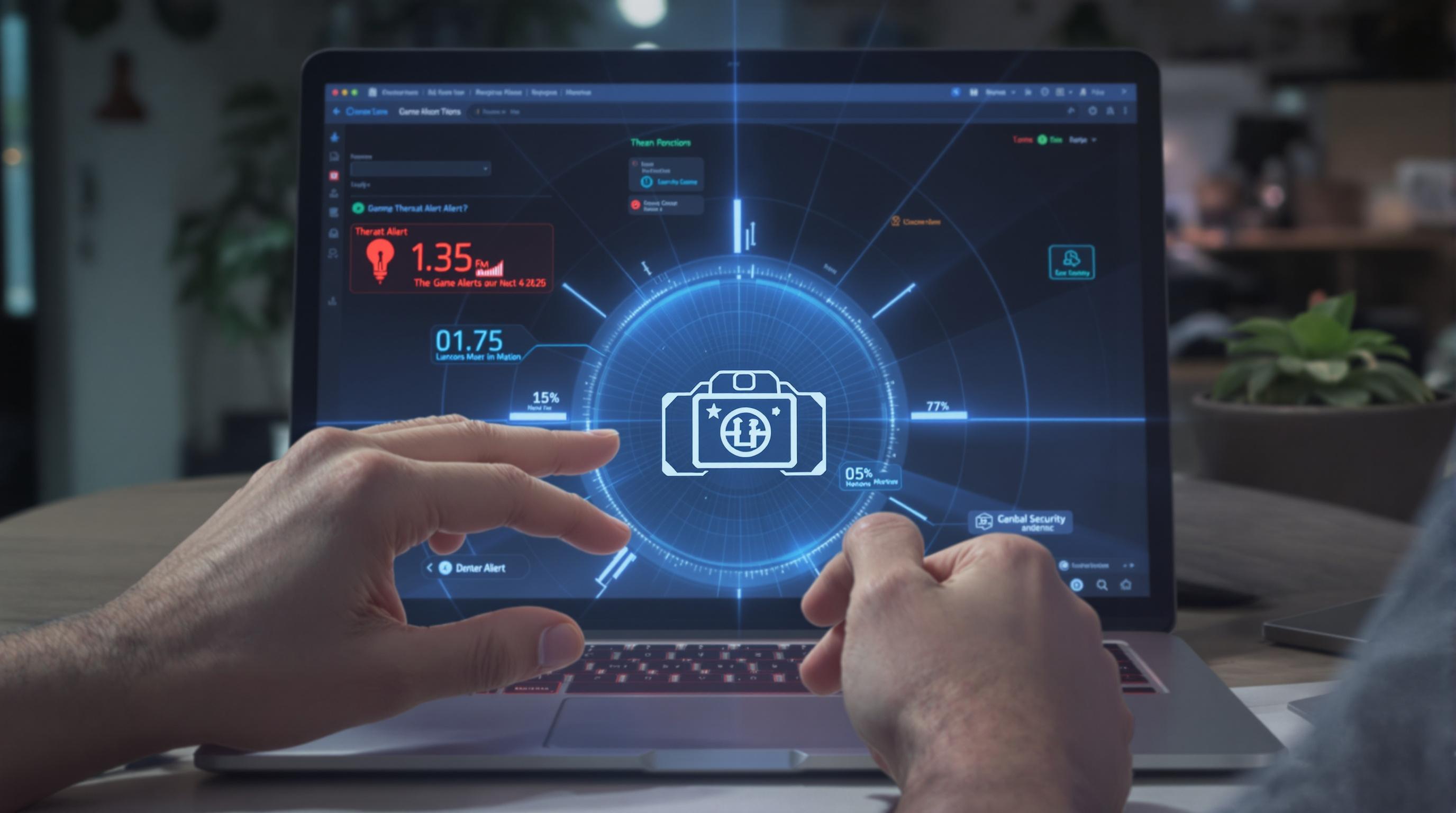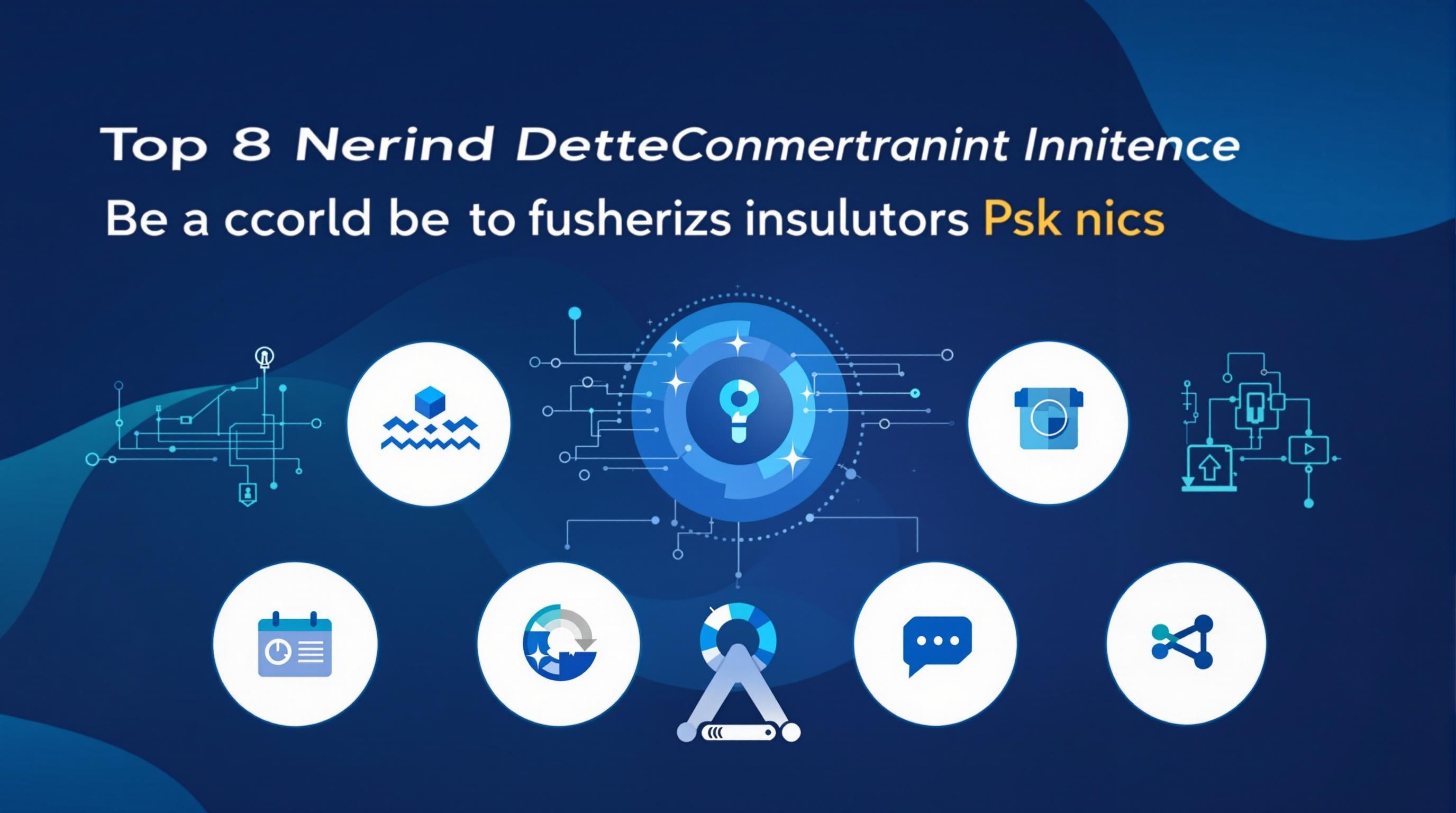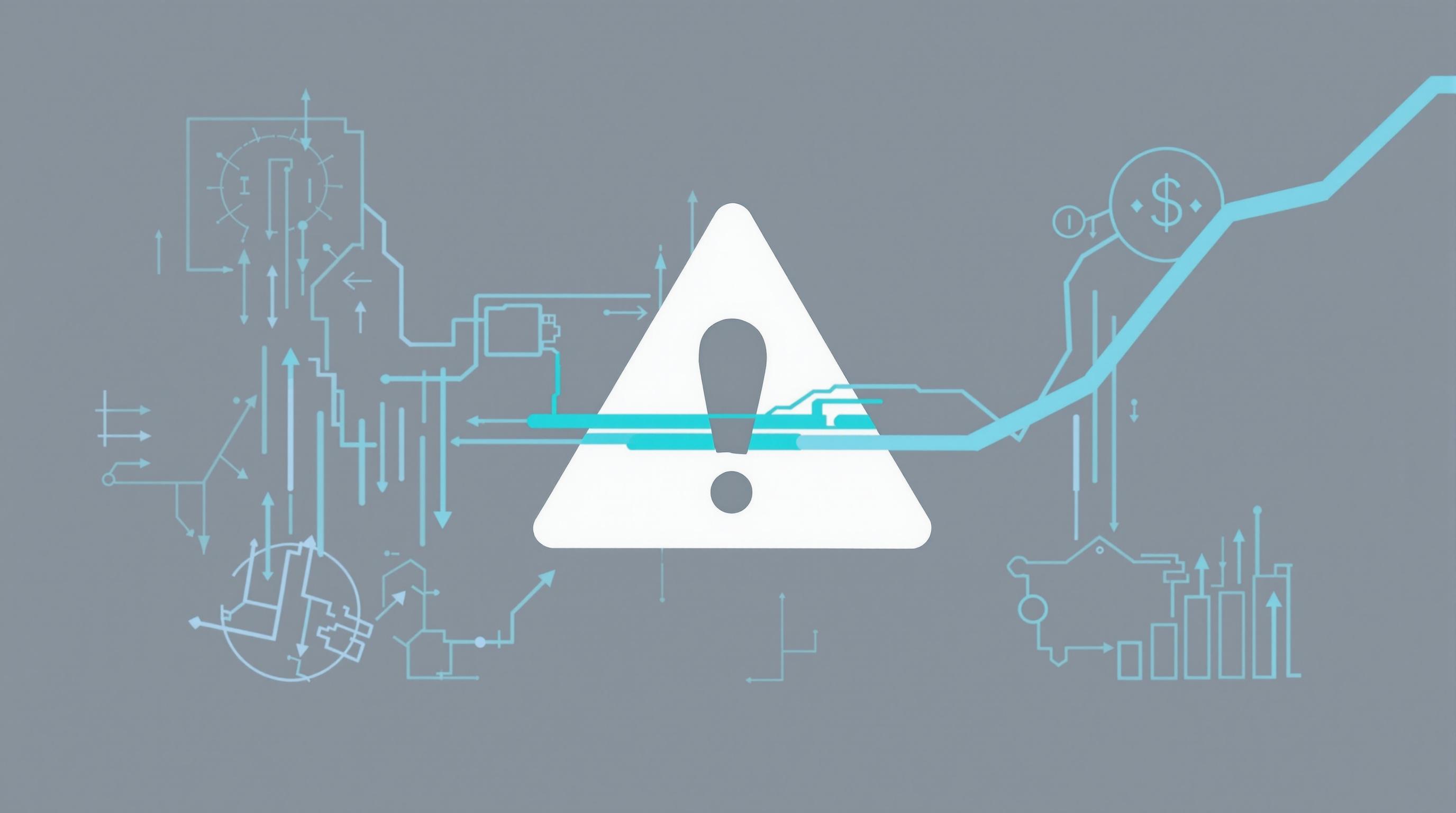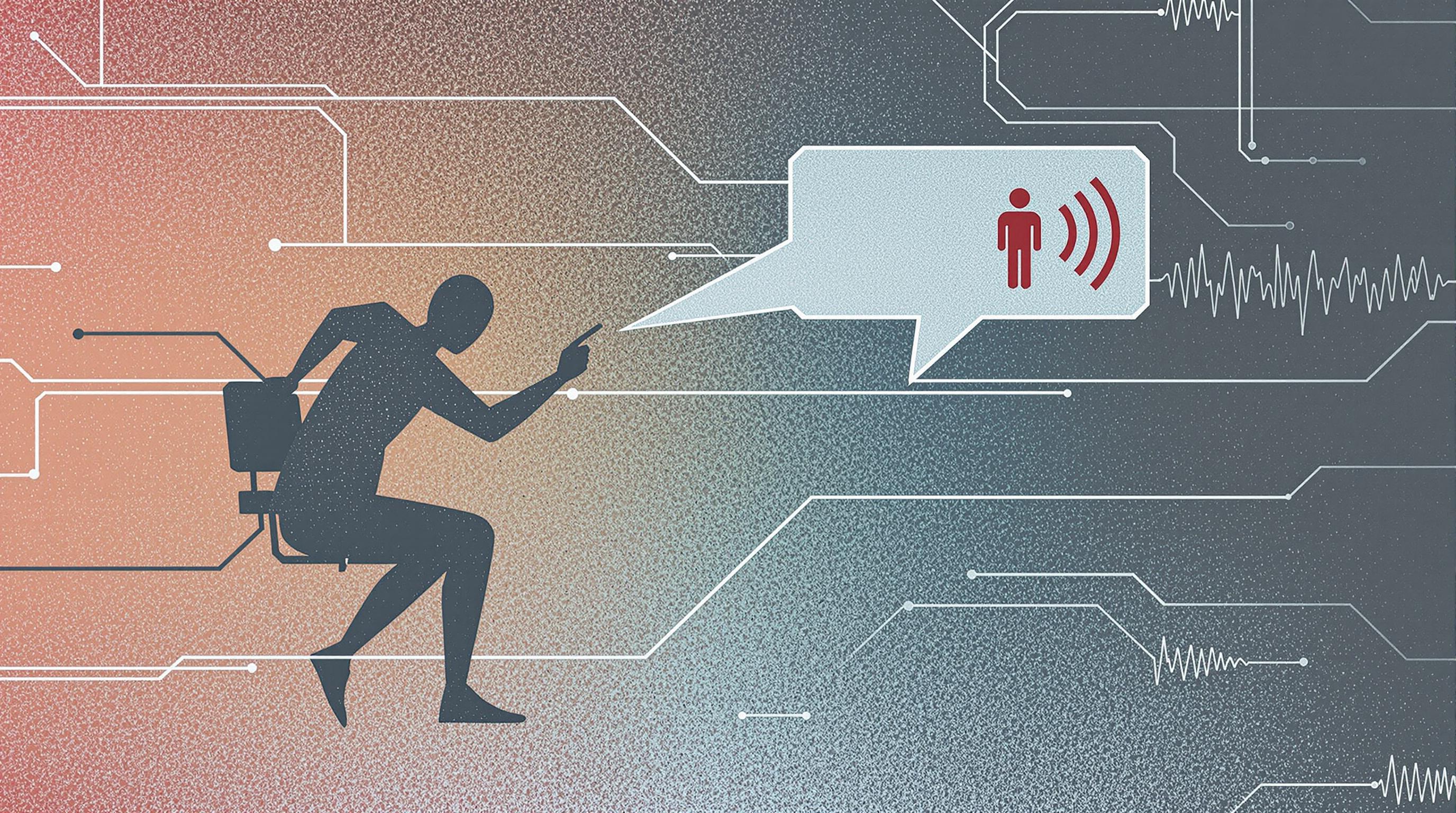Related Articles
- Unveiling the Silent Effects of Malware Residue on IoT Devices and What It Means for Your Connected Home Security
- Top 6 Game-Changing Email Security Suites Released Since 2019 That Actually Stop Cyber Trickery
- The Hidden Impact of AI-Driven Voice Assistants on Your Device’s Safety: Risks Nobody Talks About
- Top 6 Stealth Encryption Products Redefining Data Privacy You Haven’t Heard About Since 2019
- Exploring the Influence of Wi-Fi Radiation on Human Sleep Patterns and Cognitive Health in Modern Living
- Top 8 Stealth Malware Cleaners from the Past 5 Years That Outsmart Evasive Threats
7 Game-Changing Threat Alert Systems Unveiled in the Last Five Years Ranked for Modern Security Needs
7 Game-Changing Threat Alert Systems Unveiled in the Last Five Years Ranked for Modern Security Needs
Over the past five years, threat alert systems have radically transformed modern security, blending AI, automation, and real-time analytics to protect our digital and physical spaces. This article explores seven pioneering systems that redefine how organizations anticipate, identify, and neutralize threats, ranking them for today’s dynamic security landscape.
The Evolution of Threat Alert Systems: From Alarms to Intelligence
Remember when security alarms simply blared loudly when triggered, alerting only bystanders or guardians? Those days are history. Today's threat alert systems harness advanced technologies, with artificial intelligence leading the charge. These innovations enable detailed threat analysis and predictive capabilities, which are indispensable in a world where cyberattacks and physical breaches are growing increasingly sophisticated.
1. Darktrace Enterprise Immune System
Formal tone: Darktrace’s Enterprise Immune System employs machine learning and AI algorithms to detect unusual behaviors within a network, simulating a human immune system to identify and respond to emerging cyber threats autonomously. The system’s ability to analyze vast amounts of data in real time prevents attacks before they inflict damage.
According to a report by Forrester, Darktrace reduced security incident response time by 75% in organizations using the platform. This rapid response capability is critical in mitigating breaches that could cost millions.
4. Cisco SecureX
Conversational tone: You know when you wish your security tools could actually talk to each other? Cisco SecureX does exactly that! By integrating threat alerts across networks, endpoints, and cloud environments, it offers a unified picture that’s gold for defenders who want to close gaps quickly.
For instance, during a ransomware attack in 2022 at a major hospital, Cisco SecureX’s cross-tool collaboration helped isolate affected systems within minutes, saving patient data and lives.
5. Splunk Phantom
Persuasive tone: Imagine automating your entire security incident workflow! Splunk Phantom offers this game-changing advantage by orchestrating responses across multiple systems and drastically reducing human error and reaction times. For security teams struggling under increasing cyber threats, Phantom is a must-have weapon in the arsenal.
Organizations employing Phantom have reported a 60% improvement in incident resolution speed, demonstrating its practical impact.
2. SentinelOne Singularity XDR
Storytelling tone: Picture a cyber battleground where an invisible guardian stands vigil over every endpoint, scouting for enemies before they strike. SentinelOne’s Singularity XDR doesn’t just detect malware; it autonomously hunts threats across endpoints and cloud assets. One global retail company credited Singularity with thwarting a sophisticated supply-chain attack within seconds, avoiding catastrophic data loss.
6. Rapid7 InsightIDR
Casual tone: Ever wish your security setup was more like a smart detective? Rapid7 InsightIDR is exactly that, giving you user behavior analytics and alerting you when things seem fishy. Whether it's an unusual login or network oddities, InsightIDR’s got your back.
Pro tip: Many small to medium businesses lean on InsightIDR for affordable yet powerful threat detection.
3. Microsoft Defender for Endpoint
Humorous tone: If malware were a sneaky ninja, Microsoft Defender would be the vigilant samurai. It’s got all the bells and whistles — AI, behavior sensors, cloud-powered detection — slicing through threats like it’s nobody’s business.
Fun fact: In recent independent tests, Microsoft Defender prevented 99% of zero-day malware attacks in enterprise environments, proving its effectiveness.
7. ClearSky Threat Intelligence Platform
Analytical tone: ClearSky’s focus on integrating cyber threat intelligence with actionable alerting enhances strategic decision-making and operational response. Through rigorous data collection, correlation, and contextualization, the platform empowers security teams to prioritize threats intelligently.
ClearSky’s contributions were pivotal in uncovering coordinated election interference attempts, highlighting its role beyond traditional corporate security.
Ranking Criteria: What Makes a Threat Alert System Truly Game-Changing?
Diving directly into how we selected these systems, several critical aspects were considered:
- Real-time detection speed: In cybersecurity, every second counts.
- Accuracy: Minimizing false positives reduces alert fatigue.
- Integration capability: Ability to work seamlessly with existing infrastructure.
- Automation: AI-powered incident response to reduce manual workloads.
- User-friendliness: Intuitive dashboards and actionable alerts.
Looking Ahead: The Future of Threat Alert Systems
While the present landscape is impressive, the future looks even more promising. Predictive threat modeling, deeper integration with IoT environments, and advanced behavioral analytics will drive the next wave of innovation. As threats grow, so too will the sophistication and value of these game-changing alert systems.
Conclusion: Choosing the Right System for Your Needs
Not every organization requires the same level of sophistication. Small businesses might find Rapid7 InsightIDR appealing, while large enterprises may lean on Darktrace or SentinelOne for their expansive capabilities. The key takeaway? Effective defense starts with choosing a system that aligns with your specific security posture and growth plans.
Thanks to advancements in AI, automation, and threat intelligence, we now live in a more securely monitored world than ever before. Your challenge as a security stakeholder is to harness these tools wisely, staying vigilant in an ever-evolving threat landscape.
About the Author: David, a 46-year-old cybersecurity analyst and financial writer, combines market insight with technology expertise to keep readers informed on critical developments shaping security and risk management in the digital age.




